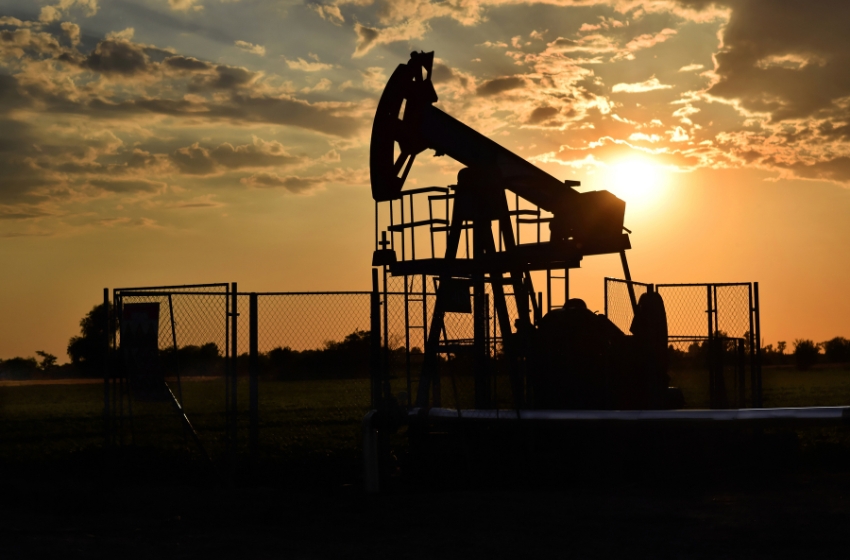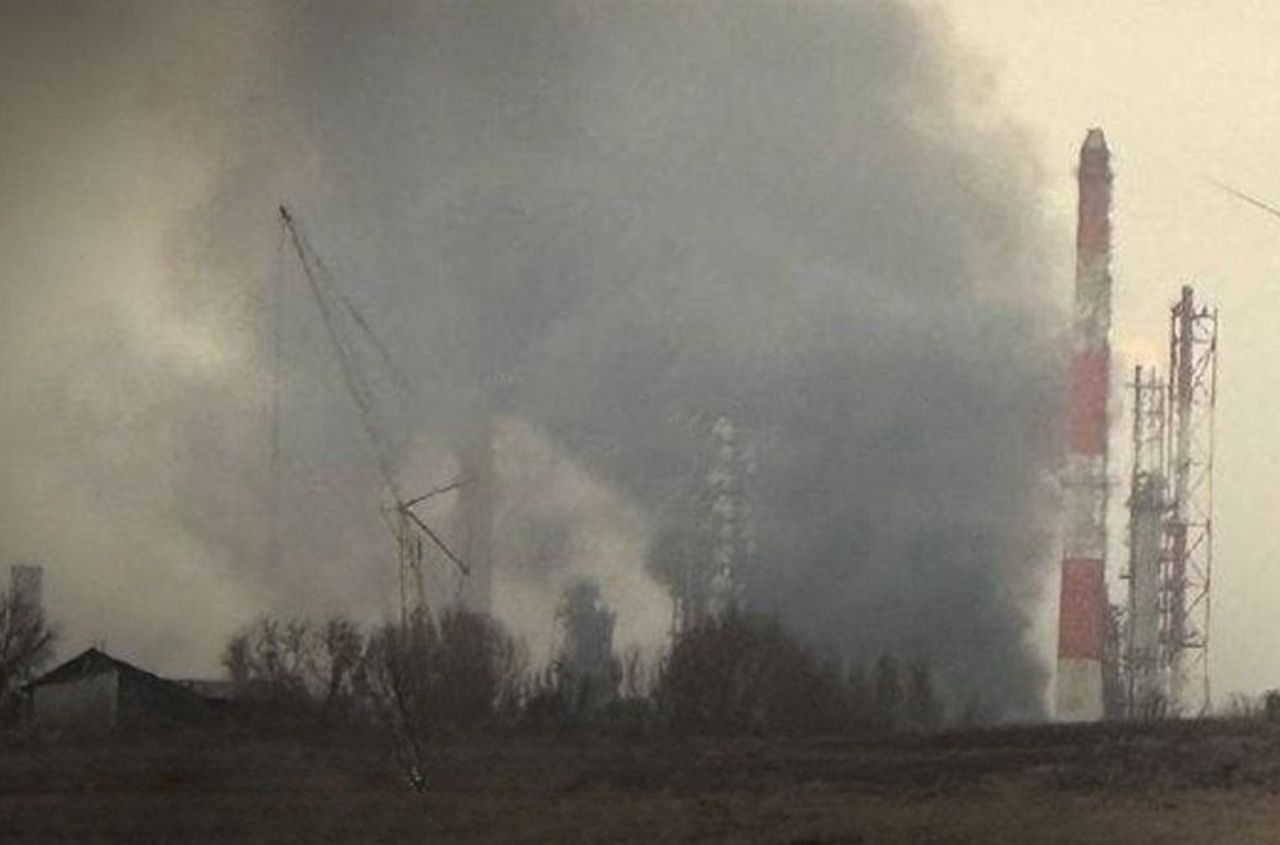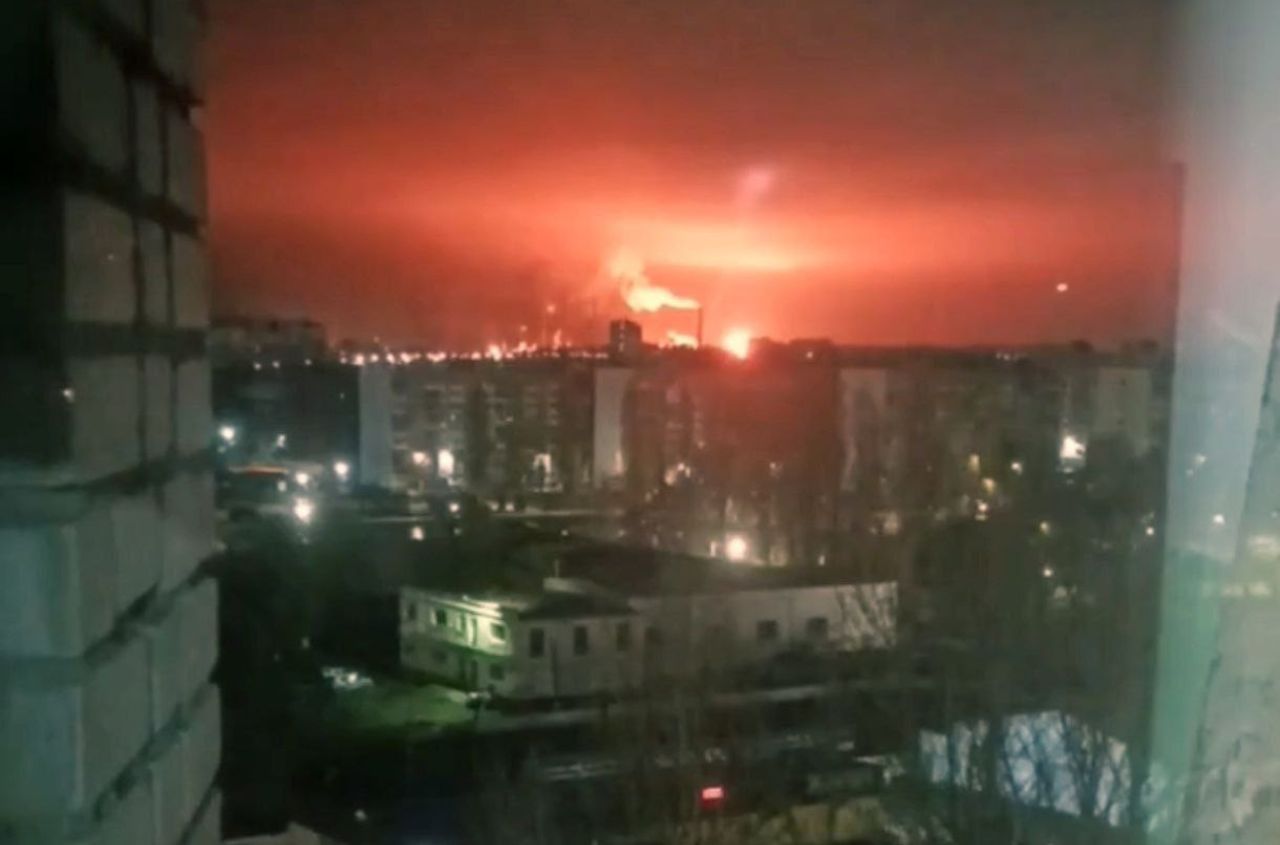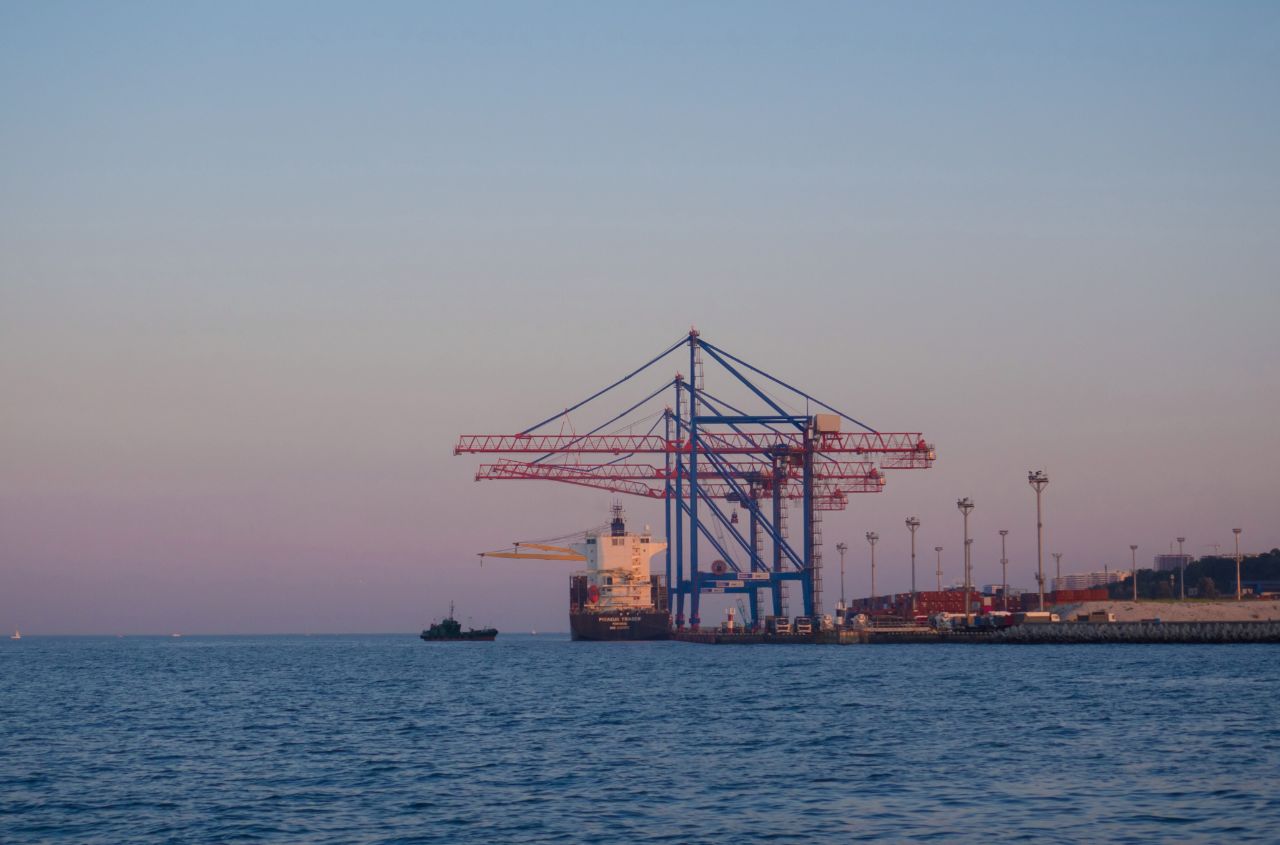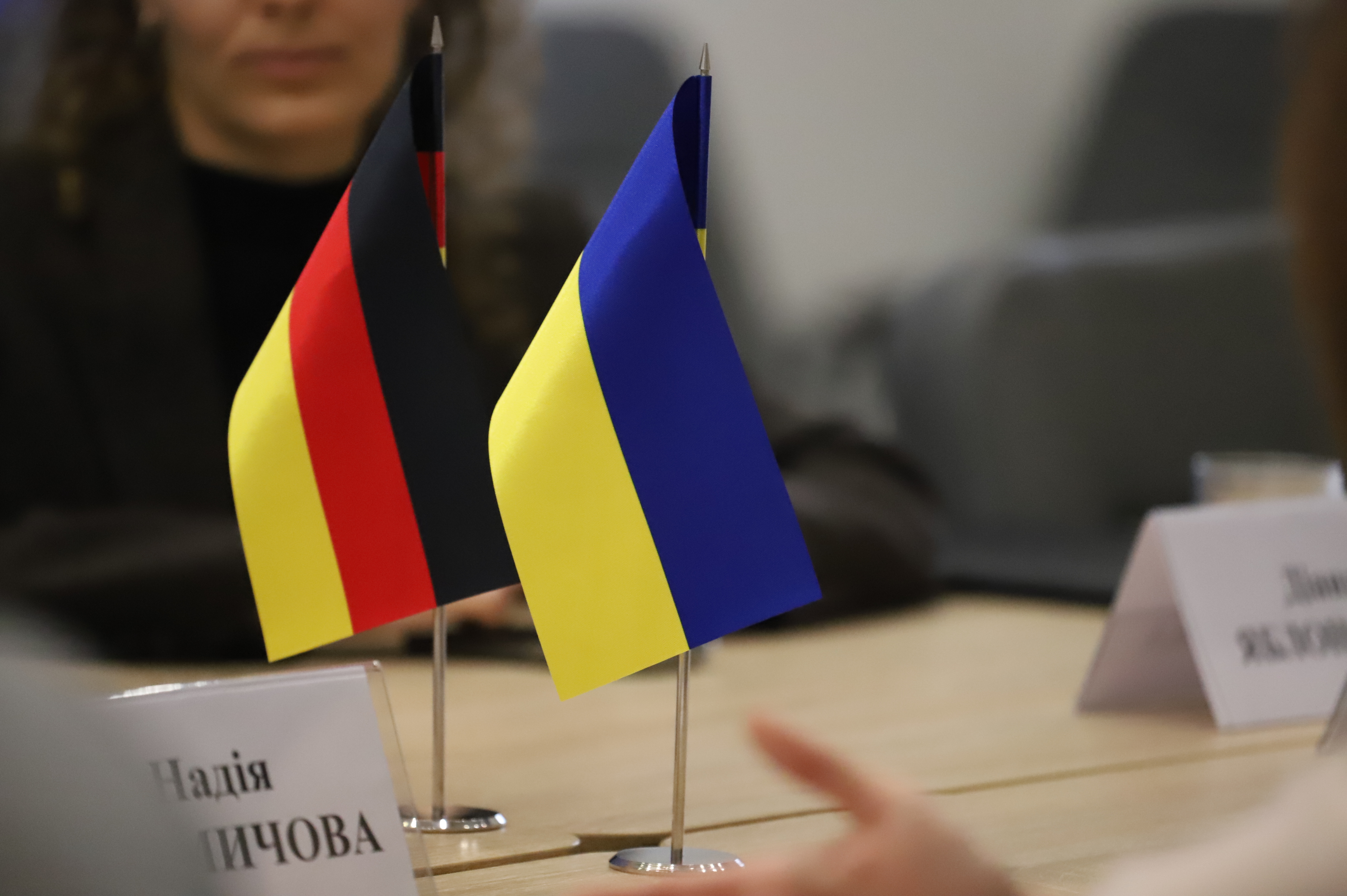The updated baseline forecast from Russia’s Ministry of Economic Development has proven critically dependent on the continuation or lifting of international sanctions. Ministry analysts predict that the average price of Urals oil could rise from $58 per barrel in 2025 to $65 in 2028, but this scenario is possible only if Russia exits international isolation.
Global oil demand is slowing, the OPEC+ agreement is losing effectiveness, and excess capacity in the Middle East combined with increased production in South America is putting pressure on the market. As a result, Brent prices could fall to $60 per barrel in the coming years, which would also collapse Kremlin revenues.
In August 2025, Urals traded at just $56.1 per barrel, with a $12.1 discount to Brent. Returning to a more favorable spread ($1–2) is possible only if the European embargo is lifted and Russian companies are removed from the U.S. sanctions list. Without this, Russian oil is doomed to continue selling at a discount.
The situation in the gas sector is no less challenging. The Russian government expects LNG exports to grow from 34.6 million tons in 2024 to 58.4 million tons in 2028. However, achieving such volumes is impossible even with the “Arctic LNG 2” project – new projects are needed, many of which are under U.S. sanctions.
Problems also exist in oil refining. Even under optimistic forecasts, the growth of petroleum product exports from 122.5 million tons in 2024 to 134 million tons in 2028 is only possible with access to Western equipment, which has been banned from supply since 2022.









